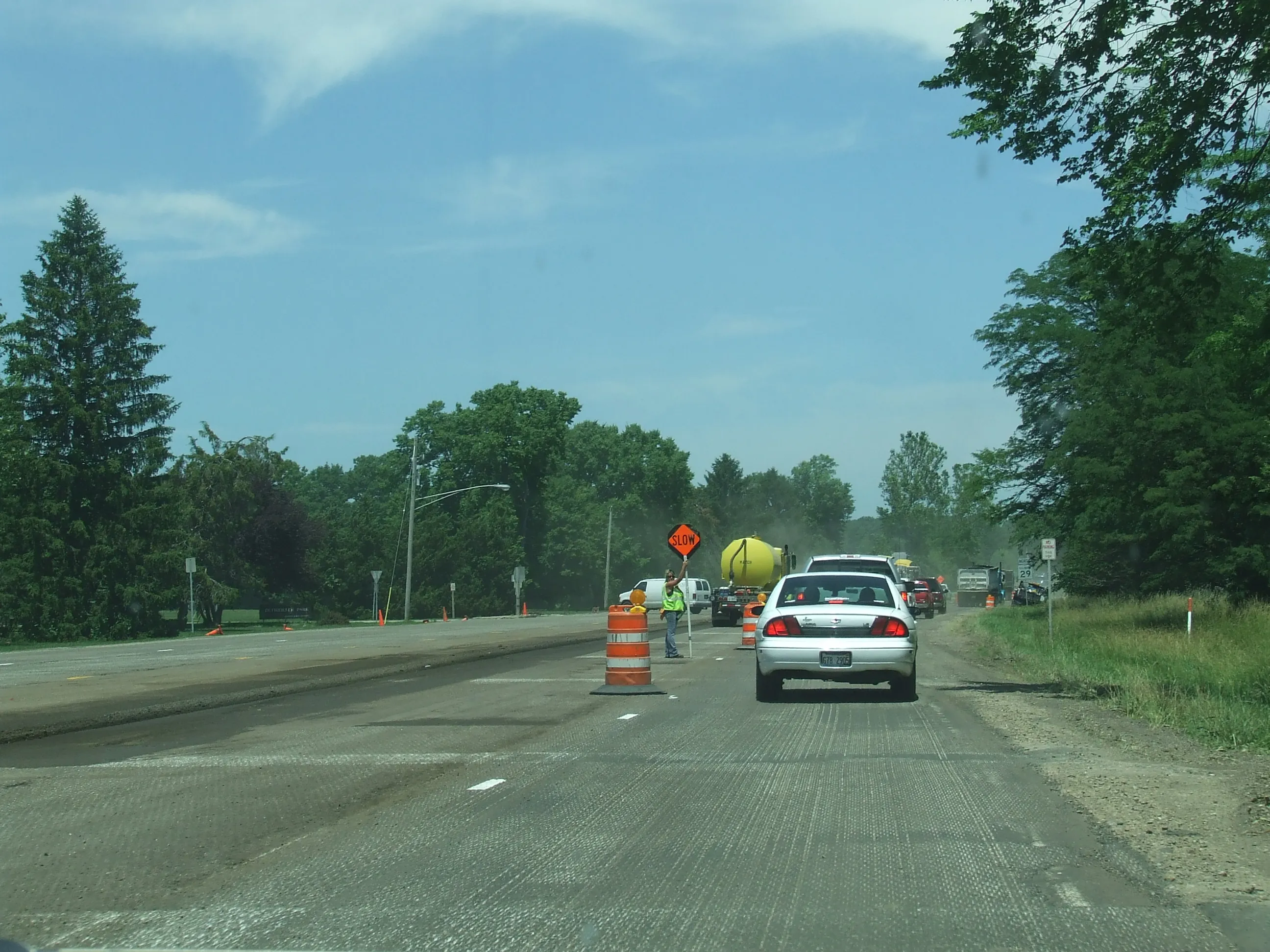The analysis, from the
For Republican state legislators who supported a fuel tax increase, 95% were re-elected, the same re-election rate as those officials who voted against the fuel tax increase. Democrats who voted for a gas tax increase were re-elected at 89%, compared to 86% who voted against the same legislation.
"The voters in these states understand that lawmakers are showing political will to increase resources for transportation investment. For the majority of these states, their gas tax had not been raised in over 15 years," said ARTBA chief economist Dr Alison Premo Black. "It is now up to Congress and the Trump administration to address the stability of the Highway Trust Fund, which provides revenue for over half of all state highway program capital outlays."
Fuel taxes in more US states to fund roads
Four more US states are set to increase fuel taxes to support new transportation investments, According to a new report from the American Road Transport Builders Association (ARTBA). This new analysis shows little political fallout from fuel tax rises for transport development. And 91% of legislators who supported an increased fuel tax were re-elected during the next general election; while 98 % of lawmakers won their 2016 primary race. This was an examination of more than 2,500 state legislators from 16 st
May 3, 2017
Read time: 2 mins
Four more US states are set to increase fuel taxes to support new transportation investments, According to a new report from the American Road Transport Builders Association (ARTBA). This new analysis shows little political fallout from fuel tax rises for transport development. And 91% of legislators who supported an increased fuel tax were re-elected during the next general election; while 98 % of lawmakers won their 2016 primary race. This was an examination of more than 2,500 state legislators from 16 states.






